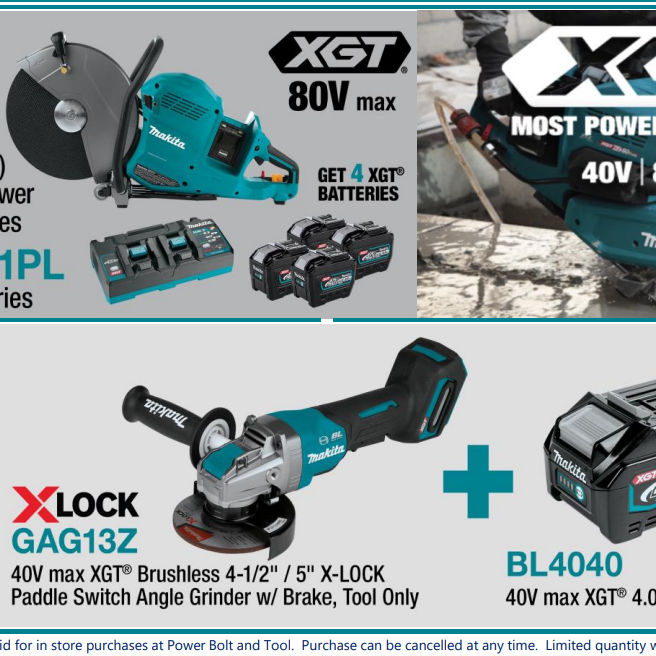Your construction, maintenance, or manufacturing company can’t climb its way to success without a good ladder. The right ladder for the right application, when used safely, is one of the most important tools on any project. This guide can show you the right steps to take.
1. The Right Style
Like other precision tools, ladders are designed for specific applications. Using a stepladder when the situation calls for a platform ladder poses unnecessary risk of injury or even death.
-
Extension ladders require a rigid structure for support, and often are used for painting and roof access. Unlike stepladders, extension ladders are designed to allow workers to step off onto an elevated surface. When exiting, take special care not to kick or bump the ladder into an unsafe angle or tip it over.
-
Step ladders are best for working at relatively low elevations and where there is no structure against which to safely tilt an extension ladder. Fully extend the A frame and lock the spreader bars in place. Ensure workers to never climb beyond the third rung from the top.
- Articulated, multi-use ladders have locking hinges, allowing them to be used as step or straight ladders. They can be configured into inverted U shapes and used as scaffolding frames. Bending them into A-frames with one truncated leg makes them safe to use on stairs.
2. The Right Length
The highest safe climbing level for extension ladders is four rungs below the top. In addition, extension ladders need to be significantly longer than the height they will be used, to accommodate several safety factors:
- Section overlap to provide stability
- Extension above the roofline or another target, to ease transition off and onto the ladder
- Setback of one foot for every four feet in vertical ascension
For stepladders, the highest safe rung is two rungs from the top. From this position, the worker’s torso, and arms will extend beyond the top of the ladder, adding about four feet to a ladder’s effective length. For instance, a person standing on the fourth rung of a six-foot stepladder (about four feet off the ground) can reach about eight feet, enough to install light fixtures, paint walls, hang art, etc.
3. The Right Material
Construction safety is the number one priority regardless of the project. Natural and man-made obstacles can make using ladders hazardous. If you use solvents or acids materials, consider using ladders made from corrosive-resistant aluminum, and clean the rungs and handrails before and after each use. Use non-conductive fiberglass ladders when working near overhead powerlines, but always keep ladders at least 10 feet from electrical wires.
4. The Right Performance
Ladders are rated by the load – including the user, their tools, and any materials they haul up, such as shingles or paint. Ladders used in harsh conditions – construction sites, inclement weather, etc. – will require higher ratings than those used in light applications around the house.
5. The Right Precautions
In addition to the safety measures outlined above, follow these tips to avoid disaster no matter which ladder options you choose:
- Inspect all ladders before use; look for dents, cracks, loose bolts, etc.
- Place the ladder on an even surface. Attach shoes or stabilizers if the footing is wobbly.
- Climb in the center, and do not climb with bulky or cumbersome loads that cause you to lose your balance.
- Always face the ladder when climbing, and maintain contact with the ladder having three of your four extremities touching– both feet and one hand or both hands and one foot.
- Never try to “walk” a ladder to a new location while standing on it, and never move a ladder when someone else is on it.
- Check out the Power Bolt and Tool’s Ladder Safety Guide to learn more ladder safety practices.
Reach New Heights with Construction Ladders
Using the right ladder for the right job not only increases worker efficiency but also greatly reduces the chance of severe injury due to falls, electrical contact, and other hazards. For more information on selecting the right ladder download our Ladder Buying Guide to find ladder ratings, materials, and more.Power Bolt and Tool carries a full line of construction ladders from brands including, Werner, Green Bull, Louisville, and Michigan Ladders. Request a Quote or call us at 1-888-514-5151 to speak with one of our Florida builder supply experts for more information on how to choose and safety use construction ladders.

